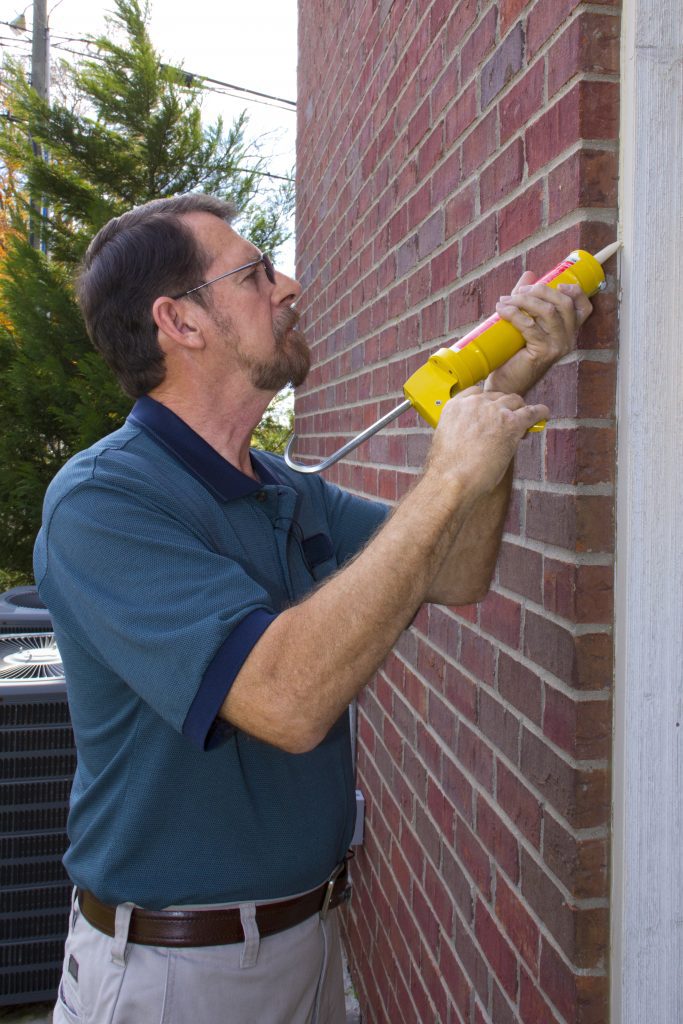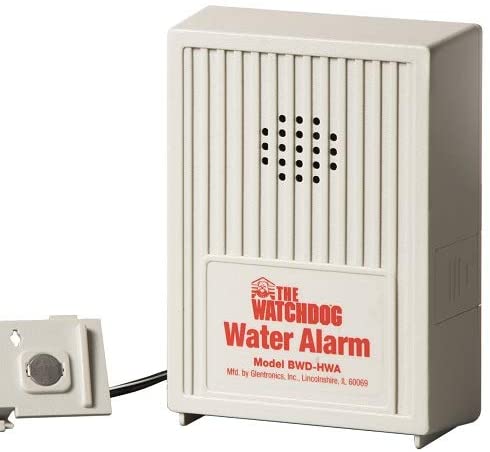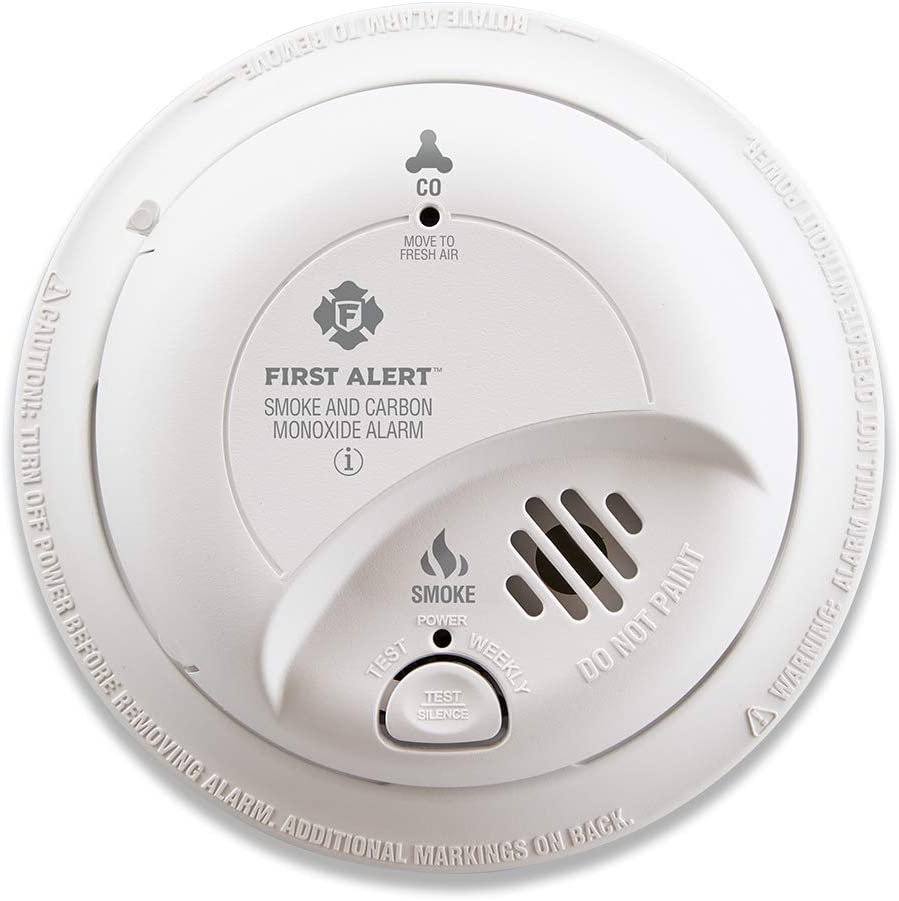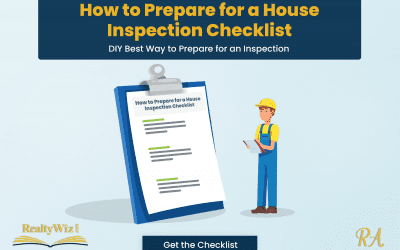When you’re selling a home, uncertainty can become widespread, and surprises can send your stress level sky-high! These tricks to pass home inspection will show you how to anticipate everything and complete the necessary steps to eliminate home inspection surprises. We cover all the details from working with the right real estate professionals to preparing everything in your home for a stress-free home inspection.
What Does a Realtor Do During Home Inspection?
Property inspection remains one of the biggest concerns for all parties involved in a transaction. The ideal real estate agent should be proficient in property inspection guidelines and procedures; unfortunately, many are not. Working with a Realtor who is also an InterNACHI Certified Property Inspector is the best way to eliminate home inspection uncertainty.

Get Your House Inspected Before Selling
You may have selected the best real estate agent to sell your home, but they are not a certified property inspector. In this case, an alternative to consider is hiring a certified property inspector to complete a pre-listing inspection.
This type of home inspection will typically cost you between $500 and $1,000, a significant additional expense you will incur. However, the listing agent you hired may be willing to reimburse this out-of-pocket expense at closing or offer you a reduced commission since they could not provide the property inspection expertise you required.
Once the property inspector completes the pre-listing inspection you can pro-actively make repairs since you will know what items the buyer’s inspector will likely identify during the contract period Paying an inspector to conduct a pre-listing inspection allows you to avoid inspection surprises and often reduces the amount of money you spend on repairs.
How to Choose a Home Inspector
Your listing broker should have a network of home inspectors they have worked with in the past who they can recommend. You can also find qualified home inspectors in your area in the directory of inspectors on the interNachi website at https://www.nachi.org/certified-inspectors. All of the inspectors on the website are Certified Property Inspectors.
In your effort to find a good home inspector to hire, it is helpful to view the additional certifications each inspector holds. You will see these certifications displayed as logos on the profile page of each inspector. An inspector’s profile that only shows the three main logos should cause you to pause and investigate further into the inspector’s background. The limited number of logos could indicate that the inspector is new and still completing the initial certification requirements.
Here is an example of two profile pages with different additional certifications.

Look for inspectors who display a minimum of 12 logos, which typically indicates that they have met all the initial certification requirements.
Inspectors may offer a different scope of work option tailored to your specific concerns, and you may save money by having an inspection more limited in scope than a complete property inspection. Therefore, be sure to ask them about the different options when you contact potential inspectors.
Preparing For Home Inspection
Suppose you did not find a real estate agent trained in property inspection to sell your home and did not have a pre-listing home inspection completed by a property inspector. In that case, you can still avoid inspection surprises by following these do-it-yourself steps.
What Does a Home Inspection Cover?
As you consider which repairs to make, it can be beneficial to understand the scope of a property inspection. The property inspection is not a comprehensive investigation of the property. Instead, an inspector notes the items that are obviously in need of repairs and will “recommend further investigation” of things that could require repair. The recommendation of further investigation can cause buyers to consider worst-case scenarios and require sellers to make significant concessions for unknown or potential repair items.
While eliminating any potential inspection surprises by preparing your property, do not focus only on the things which need repair; correct any likely repair items, which can cause an inspector to recommend further investigation. Here are ways you can do that.
Water, Water, Water
Have you ever heard the adage, “The three most important things in real estate location, location, location.”? A similar saying holds true when dealing with property inspections; these three most important things are water, water, and water.” Aside from fire, water causes the most significant destruction to a home. Vapor, ice, liquid water in every form accumulating inside and outside of a home can cause minor to severe damage.

• Grab your caulk gun and seal up exposed areas on the exterior of your home. • Ensure your gutters are securely and adequately attached. • Clear out downspouts and install downspout extensions. • Verify that your grading is directing water away from the foundation. • Check for leaks in plumbing drains and leaky faucets. • Remove water stains, efflorescence, or prior drywall damage.
If your home previously had repairs due to water intrusion, you should mitigate any evidence of prior water damage. Evidence of previous water damage can lead to questions regarding the potential for reoccurrence, mold, and other related problems.
HVAC (Heating, Ventilation, and Air Conditioning)
Having your HVAC system cleaned and serviced annually is a good maintenance plan. Doing this before listing your home is a great way to eliminate any uncertainty. Since the HVAC system is an essential part of a property, a potential buyer may think of various worst-case scenarios if they see an inadequately maintained HVAC system. On the other hand, if the buyer sees that the HVAC is in excellent condition during the property inspection, then it will eliminate the possibility of any unreasonable repair requests.
Having your ducts, fireplace flue, and dryer vent cleaned regularly is good home maintenance. If a professional hasn’t serviced your ventilation systems recently, it is a good idea to have these maintenance items performed before listing your home. An inspector will test multiple systems in a home simultaneously to strain the systems of a property, which may not be typical during normal conditions. Utilizing this process can identify problems that might have previously gone unnoticed. You can expect that an inspector will run the furnace, dryer, fireplace, and other appliances at the same time to place a strain on the ventilation system. A build-up in ducts, flues, and vents can result in slightly elevated carbon monoxide readings.
A buyer who receives an inspection report with above normal carbon monoxide readings will take that seriously and may overreact on requested repair items. You can eliminate this uncertainty by completing these maintenance items and avoiding the surprise of elevated carbon monoxide readings.
Electrical
You don’t need to go poking around your electrical system by touching things to identify potential electrical problems. It is much safer to use your eyes; take a look. For example, open the breaker panel, peek around to ensure there are no missing knockouts, and replace them as needed. Also, all the breakers are correctly labeled, and there are no obvious defective wirings.
Check electrical outlets for proper polarity and test the GFCI and AFCI breaker outlets to make sure they trip and reset correctly. Replace any which are defective, as they are generally considered safety hazards. You can pick up this outlet polarity tester on Amazon for $7.99. The inspector will test every outlet in your home, so check them all.
Ensure that the appropriate conduit is installed before your property inspection if you have any electrical wires or cables not enclosed in the proper conduit. Also, make certain any previous electrical work includes adequate junction boxes.
If you have any missing fixtures or outlets, replace the fixtures or put a proper cover plate over the openings. You don’t want to have any exposed electrical wires during your property inspection. As a final step, remove any extension cords which are in use in your home. These items will likely result in inspection report items, leading to uncertain buyer repair requests.
Plumbing
Check to see that you don’t have any leaking faucets or plumbing fixtures not operating correctly, and make any necessary repairs. If you have a slow draining sink or bath fixture, take the time to remove the clog before the inspector writes this up in the report. It is far less expensive to pour some Liquid Plumber down a drain or spend some time with a plunger unclogging a drain than it is to “have the item serviced by a licensed plumber,” which is what you may see on a buyer’s request following an inspection.
As previously mentioned, the inspector will strain the systems of a home to identify problems. To create this strain, the inspector will run all faucets, the dishwasher, and possibly the washing machine all at the same time. You may have never had a backup in your main wastewater line until the inspector combines 40 gallons from a washing machine and several gallons from a dishwasher with the constantly draining sinks and bath fixtures all at the same time.
If you are confident that there are no issues with your main wastewater line, you can put the same strain on the system that an inspector would and verify that you will not have a problem. Nonetheless, it is generally a good idea to have your main wastewater line cleaned before the inspection. For example, tree roots are a common problem in the main wastewater line causing partial obstructions. This cleaning service performed before the inspection can help you avoid buyers’ requests for additional expensive checks.

Smoke Alarms and Carbon Monoxide Detectors
Ensure you have the correct number of detectors in suitable locations and put fresh batteries in any detectors before the inspection to confirm they are in working condition.
Local Jurisdictions have varying requirements regarding smoke alarms and carbon monoxide detectors. Even so here are the general recommendations and frequent requirements.
Smoke alarms should be installed in the following places:
• Every level of your home, • Inside every bedroom, • Outside each sleeping area
Carbon monoxide alarms should exist in the following areas:
• Every level of your home. • Within 15 feet of the sleeping areas • Near your gas furnace • Near any attached garage

Windows and Doors
Check all of your windows and doors for proper operation. Make any adjustments or repairs necessary to allow for optimal functioning as designed. For example, a little WD40 on a hinge can eliminate a door ending up on the inspection report and a buyer’s unnecessary request for repairs.
If you have any windows with condensation between the windowpanes, the window seal has failed, and you should replace these windows before listing your home. You may be reluctant as replacing a few windows can be expensive However, a buyer who sees that one or two windows have failed will begin to calculate the cost to replace all windows with the anticipation that since one or two have failed, the others will likely fail. Therefore, it is much cheaper to replace a few windows before listing your home for sale than it will be to grant a concession for the cost of replacing all windows.
Make sure to test the operation of your garage door. Check that it opens and closes appropriately, lubricate any areas which may need for smooth functioning, and test the safety features. Verify that the manual garage door release is working correctly. The automatic reverse operates appropriately when the door comes into contact with an object or anything between the photoelectric sensors. Make the necessary adjustments to ensure that all the safety features are functioning. If your garage door rollers or springs show signs of wear, it is best to have the door serviced before the property inspection.
Radon
Radon is a radioactive gas from rocks and soils and tends to concentrate in enclosed spaces, such as houses. Unfortunately, you cannot predict radon concentrations, and testing is the only way to identify radon levels in a home. Because there is no other way to identify radon, professionals recommended that every homeowner have their property tested for radon.

You can gain some peace of mind by checking the radon levels yourself before the home inspection. However, keep in mind that radon levels fluctuate, and you may encounter a different result during the home inspection.
Get Answers to Your Questions
These tricks to pass home inspection have shown you how to eliminate most potential problems involved in the inspection process. But, of course, the scope of this report can’t cover everything. So, if you still have questions, sign up for free instant access to the “Ask an Expert” section of our blog, where you can post any real estate question and get a timely answer from a certified real estate expert.
I want to invite you to view and download our free 3 Easy ways to Prepare for Home Inspection Seller Infographic summarizing this article’s key points.
Realty Advisors is Southern Colorado’s only boutique real estate agency with certified expertise across all areas of real estate. For almost three decades, we have been leveraging our experience and expertise to bring our clients unparalleled levels of success with each real estate transaction. www.RealtyWiz.com




0 Comments